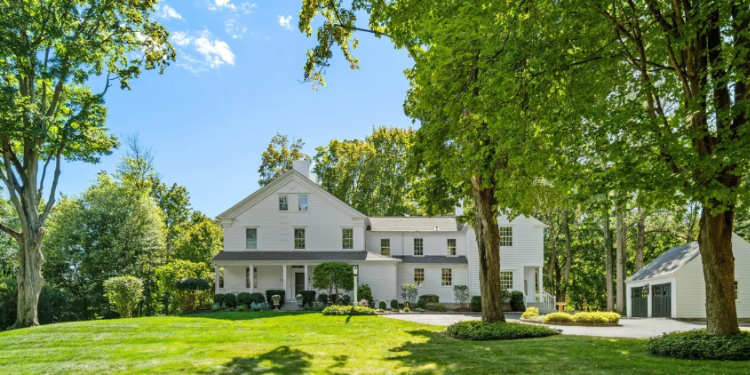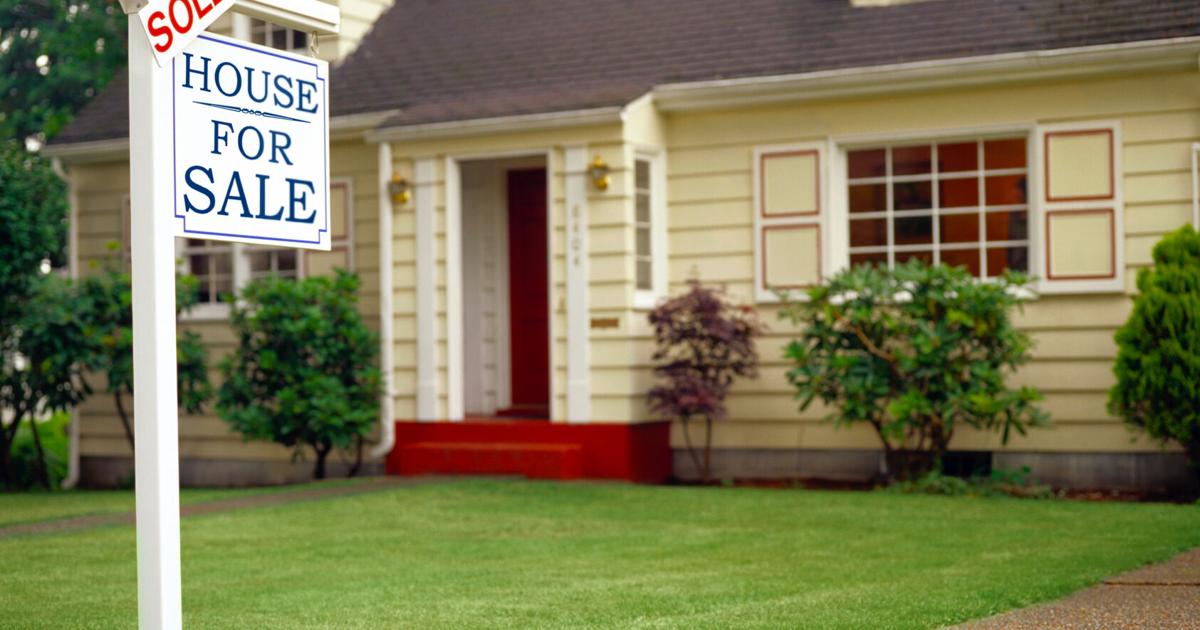L
ife by the water comes with a price, and in Newport County and Aquidneck Island, that price is rising. Over the last five years, insurance premiums have increased by 25% to 40%, making it harder for homeowners and buyers to afford living near the coast. Several factors contribute to these increases, including higher housing costs, inflation-driven labor and material expenses, and climate change.
As insurers become less tolerant of coastal risks, they're either exiting high-risk markets or raising premiums to account for potential claims. This trend is driven by new modeling and forecasts that suggest weather-related catastrophes are becoming more frequent and severe. Locally, neighborhoods like the Fifth Ward in Newport and Island Park in Portsmouth are particularly vulnerable due to their low elevation and aging infrastructure.
The insurance market is already feeling the impact of these risks. At least two companies have stopped selling home insurance in Rhode Island, while another specialized coastal insurer has gone into receivership. Many homeowners are being forced into the state-run FAIR Plan, which often comes with premiums 40% to 50% higher than the private market.
For buyers, rising costs can quickly turn a dream home into a budget buster. It's essential to ask the right questions before investing in a property, such as whether it's located in a high-risk flood zone or if separate wind or hurricane insurance is required. Local experts like Robert Leary and Luke Devine offer valuable insights into navigating this complex process.
As a local real estate professional, I advise clients to be transparent about insurance costs, flood zone implications, and the total cost of living in coastal neighborhoods. Routine maintenance can help reduce the likelihood of future claims and keep insurance premiums manageable. If you're considering buying or selling coastal property, it's crucial to have a trusted expert in your corner to guide you through these decisions with clarity and honesty.













